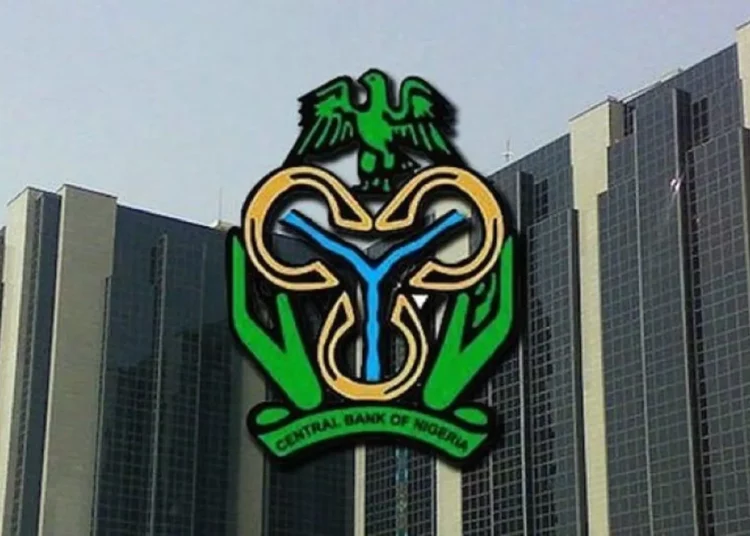Credit to the private sector declined in June 2025, as banks continued to tighten lending in response to the Central Bank of Nigeria’s (CBN) restrictive monetary stance, and cash outside the formal banking system continued to moderate.
According to the latest data by the CBN banking sector, private sector credit dropped to N76.14 trillion in June from N77.83 trillion in May, representing a contraction of about N1.69 trillion or 2.2 per cent month-on-month. This decline is an extension of the N260 billion or 0.3 per cent moderation recorded in May, when credit slipped from N78.08 trillion in April. Despite the monthly drop, private sector credit still grew year-on-year.
The June 2025 figure represents a 4.0 per cent increase over the N73.19 trillion recorded in June 2024. Analysts at Cordros Research had attributed the moderate growth in private sector credit to the diminished impact of currency depreciation on banks’ foreign-denominated assets, driven by the recent stabilisation of the naira and the CBN’s tight monetary policy stance.
The Monetary Policy Rate (MPR) has been held at 27.5 per cent, making borrowing costly for the real sector. Banks remained cautious in extending credit, citing heightened risk and repayment concerns.
Similarly, government credit declined to N23.72 trillion compared to the June 2024 figure of N23.93 trillion and the May 2025 figure of N25.07 trillion, indicating reduced government borrowing from domestic banks for deficit financing.
Meanwhile, currency outside the formal banking system moderated to N4.49 trillion in June 2025, down from N4.63 trillion in May. However, it continued to dominate overall liquidity by accounting for about 90 per cent of total circulation. Currency in circulation (CIC) closed June at N5.007 trillion, marginally lower than N5.014 trillion recorded in the previous month.
Over the past year, cash outside banks (CoB) had maintained an upward trajectory, climbing from N3.79 trillion in June 2024 to a peak of N5.13 trillion in December 2024. From July through November, out-of-bank currency expanded consistently, rising from N3.66 trillion in July to N4.02 trillion in September and N4.65 trillion in November.
The trend shifted at the turn of 2025 as liquidity conditions adjusted. CoB eased to N4.74 trillion in January before declining further to N4.52 trillion in February. It steadied at N4.57 trillion in April and edged again to N4.63 trillion in May, before tapering to N4.49 trillion in June. Despite the moderation, the figure remained 18.6 per cent higher year-on-year, highlighting the scale of unbanked liquidity and its implications for monetary policy effectiveness.
The CIC trend shows a cycle of seasonal expansion, sharp year-end spikes, and gradual correction. Total CIC stood at N4.05 trillion in June 2024, with N3.79 trillion, over 93 per cent held outside banks. The ratio hovered above 90 per cent throughout the year’s second half, peaking in December when CIC surged to N5.44 trillion, with N5.13 trillion circulating outside the formal system. By early 2025, the pattern reversed as post-holiday withdrawals tapered. CIC fell to N5.24 trillion in January and N5.03 trillion in February, before stabilising around N5.0 trillion through April, May, and June.
Overall, broad money supply (M3) rose by 15.8 per cent y/y to NGN117.50 trillion, following increases across quasi (+20.0 per cent y/y) and narrow (+8.5 per cent y/y) money supply. On a month-on-month basis, the CPS declined by 2.2 per cent to NGN76.14 trillion in June (May: -0.3 per cent m/m to NGN77.83 trillion).





